Audio mp3: »Musical instruments of the Ukrainian people«, 6:41 min
Imagine a little girl of eight years old and a large instrument weighing 7 to 8 kilograms – a bandura. As a child, I often dreamed of a small bandura, so when in my adult life I came across a Ukrainian folk bandura and a kobza, which are much smaller than the academic bandura, I was delighted. And when a book about Ukrainian musical instruments was published in 2012 (Muzychni Instrumenty Ukraïns’koho Narodu), I ordered it soon after and with great interest first read the chapters about the origins of the bandura, and then discovered a whole world of Ukrainian instruments I had never heard of before.
Text: Anastasiya Voytyuk
Hnat Khotkevych, no date
Almost 100 years ago, a Ukrainian musician named Hnat Khotkevych conducted a colossal study and described more than 100 different instruments played in Ukraine. The first edition of his book was published in 1930 as a textbook for Ukrainian students, containing 288 pages and 79 illustrations. The book had a print run of 3,000 copies, and unfortunately was censored. After that, Hnat Khotkevych made many corrections and additions to the first edition, but he never managed to republish it because he was killed. Fortunately, the manuscript remained, thanks to which it was possible in 2012 to republish the revised version in its original form. The first edition of the book already had been republished in 2002. Incidentally, all three editions were published in Kharkiv, a city about 40 kilometres from Ukraine’s northern border with russia.
The book can be read in different ways. You can randomly flip through and look at the illustrations, of which there are many. Or you can study section by section, which contains a lot of information. Khotkevych examines each instrument from many angles: There are references in ancient texts, chronicles, eyewitness accounts of travellers, song lyrics, and drawings, mosaics, and stucco mouldings. The author analyses the origins of the names of the instruments and also tells not only about where, how, and when an instrument was played on Ukrainian lands, but also studies the popularity of the instrument in the territories of neighbours and other countries.
Rerelease of Muzychni Instrumenty Ukraïns’koho Narodu in 2012
A look inside the book
Khotkevych divides the instruments into four groups: strings, wind instruments, percussion and unknown instruments. Fifty of the instruments are various wind instruments, from exotic ones with interesting names such as vurkalo or telenka to worldwide known ones such as clarinet and oboe. Among the strings, there are many that are also found in other countries such as violin, cymbals, double bass, zither, lyre, hurdy-gurdy. But there are also many instruments that are most typical of Ukrainian regions such as bandura, kobza and various other instruments.
A very interesting discovery for me thanks to this book was that there used to be no such clear classification of instruments and their assigned names as there is now. Therefore, often the same instrument could be called completely different depending on time and country. For example, the bandura was often called kobza or gusla. The zither and kitara were also confused. This gives us an understanding for the fact that a clear classification is more a sign of our time, and if someone once called a certain stringed instrument “husla”, this is no clear guarantee that it really was that.
Bandura player Petro Siroshtan from Poltava in a drawing by the painter Opanas Slastio
“… like living water for Ukrainian culture.”
Hnat Khotkevych himself was a very bright and hardworking man. He was not only a musician and composer, but also a writer, ethnographer, engineer, translator, historian, theatre director and a very active defender of Ukrainian culture. He played bandura, violin, and piano, composed over 600 pieces for the bandura and developed a special way of playing the Kharkiv bandura type based on the ancient styles of folk musicians.
One of the key values of his book is his argumentation that Ukraine was a place of development of its instruments, and that this was an organic process where people experimented with sound. Yes, of course, everything in the world is connected, and successful ideas travel around the world. But in the situation Ukraine found itself in during the occupation of the Bolsheviks, who promoted the superiority of russian culture, the scientific study of the emergence and development of Ukrainian instruments was like living water for Ukrainian culture.
If I had the opportunity, I would have loved to meet Hnat Khotkevych in person. He was a talented and restless man, as well as handsome and very optimistic. He travelled all over Ukraine, invented new musical forms, believed in and convinced others of the value of folk art and became a high-quality and reliable bridge between folk art and its future academic constructions.
I, too, would like to imagine how much good he could have created had he not been killed. On February 21, 1938, the NKWD*Abbreviation for Narodny Kommissariat Vnutrennich Del, in English People’s Commissariat for Internal Affairs= arrested Khotkevych on the absurd charge of participating in an “anti-Soviet Ukrainian nationalist terrorist organization” and working for German intelligence. Six months later, the chekists executed the artist in the basement of NKVD’s Kharkiv Internal Prison. Many of the samples of Ukrainian folk instruments that Hnat Khotkevych writes about were stolen from Ukraine and are still in russian museums.
If you are interested in purchasing Khotkevych’s book, please contact Oleksandr Savchuk’s publishing house, which has been operating in Kharkiv since 2010 and has published more than 50 quality books on Ukrainian art, history, philosophy and ethnography.
Further Links:
View the original 1930 book for free on the website of the Odessa National Scientific Library: https://odnb.odessa.ua/rarities/item/149?lang=en
Listen to one of Hnat Khotkevich’s works performed by modern bandura players: www.youtube.com/watch?v=lip6dNVTNco
Listen to a rare recording of Hnat Khotkevich’s playing in the film Nazar Stodolya, where he plays: www.youtube.com/watch?v=49XWuJ1Ww-E
Archive documents about the case and execution of Hnat Khotkevich: https://avr.org.ua/viewDoc/30613

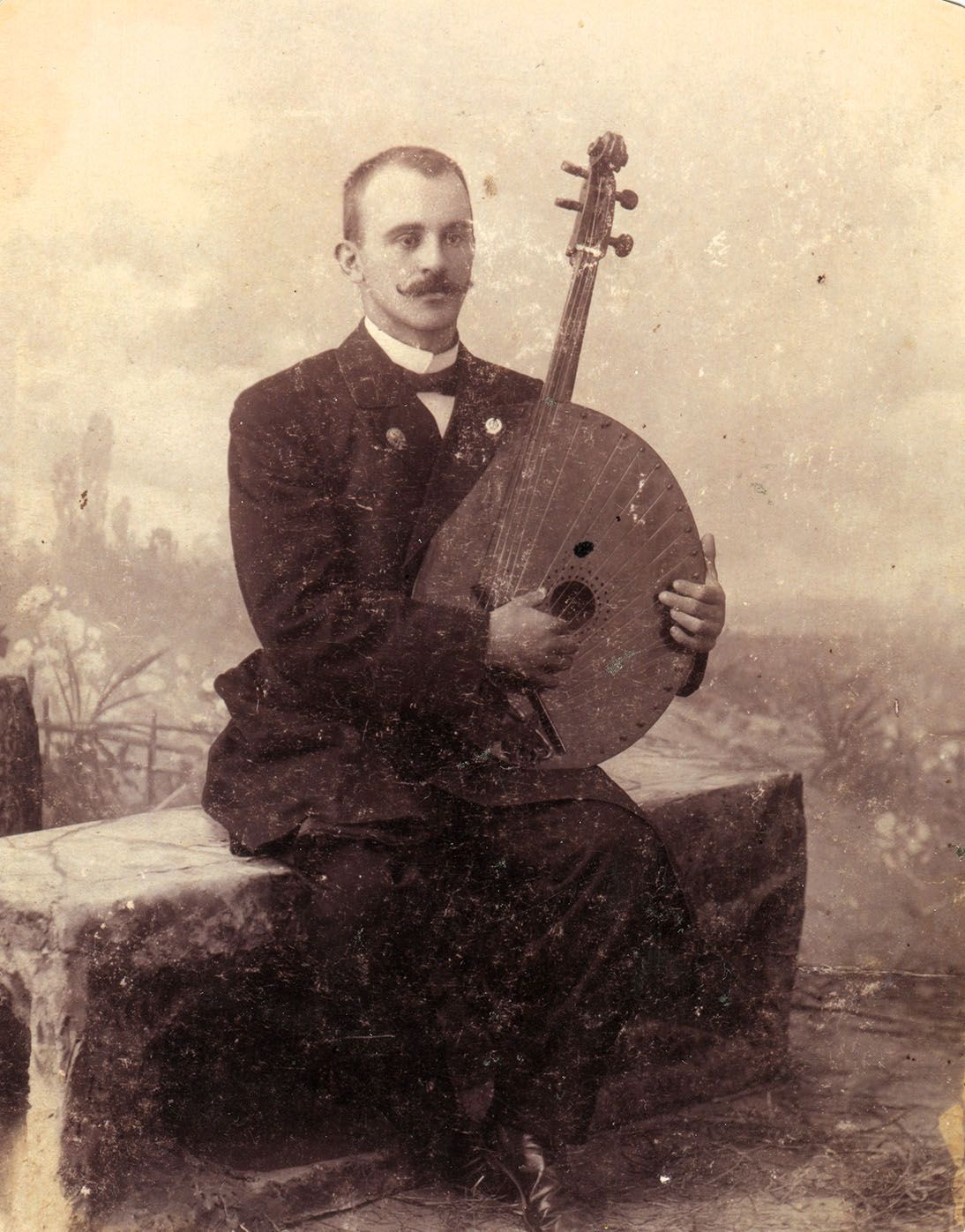

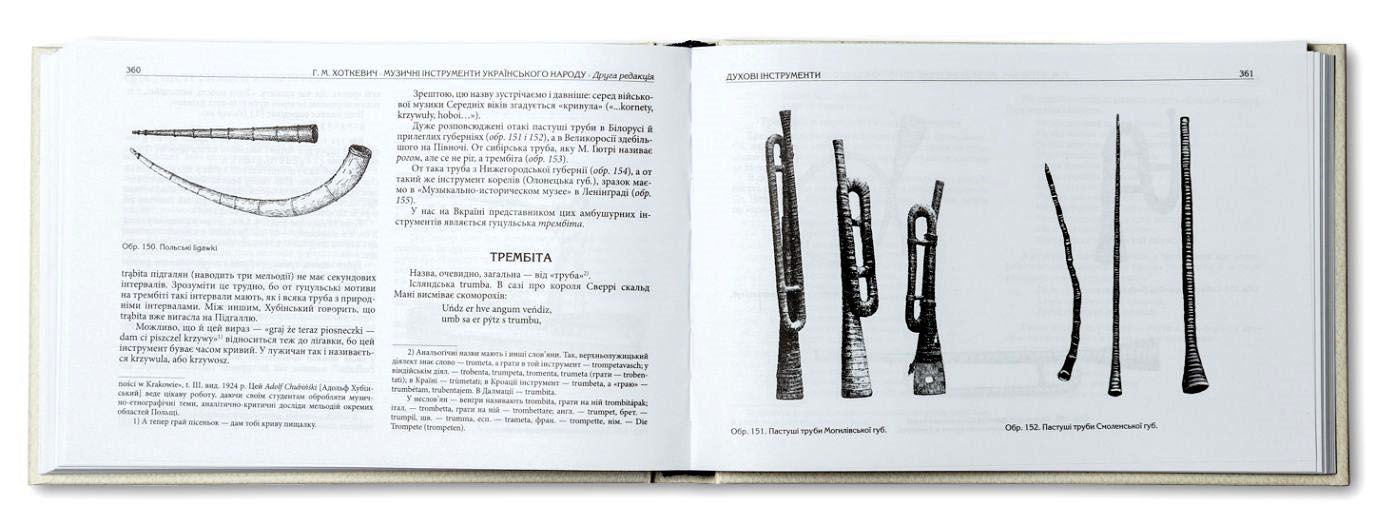
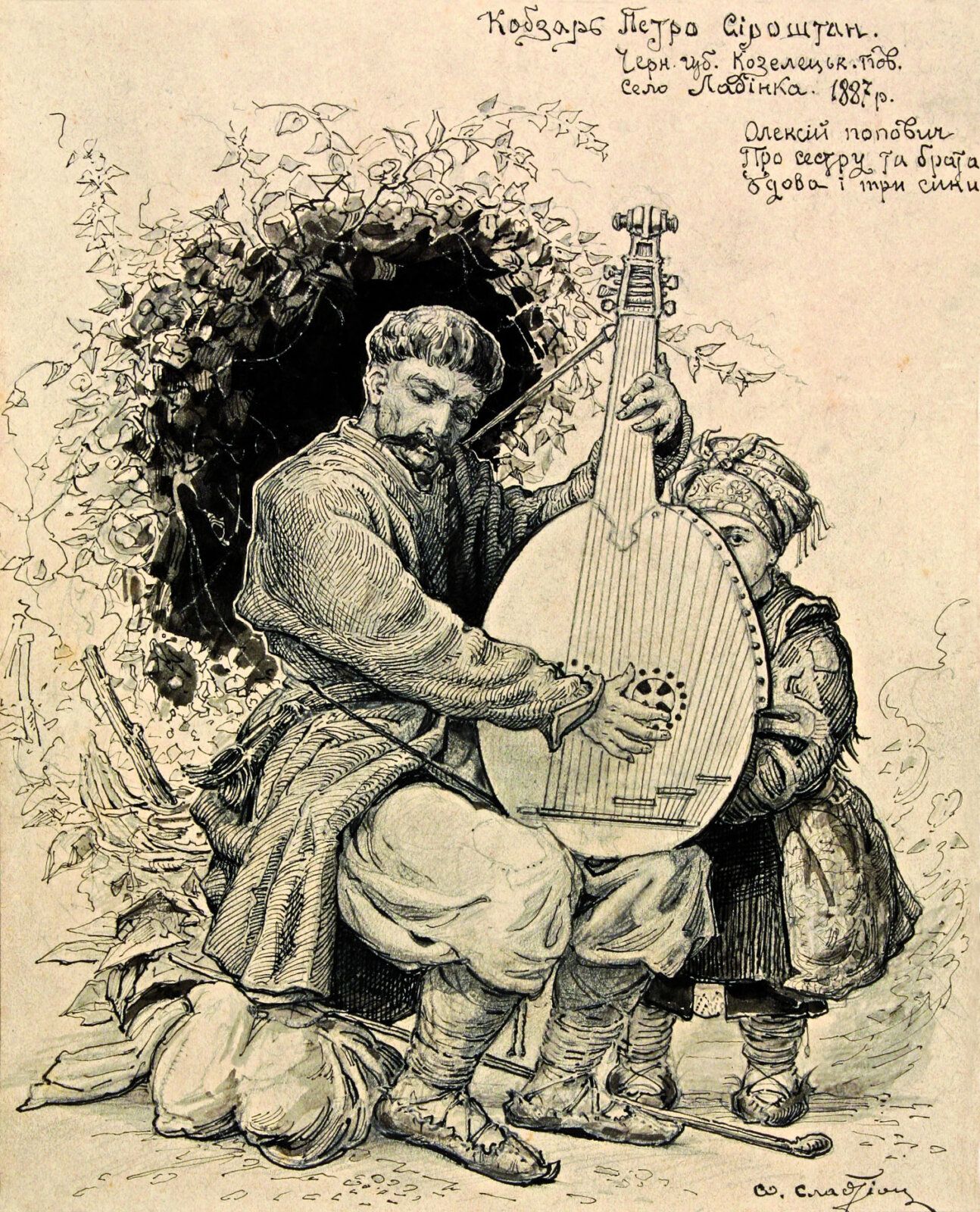
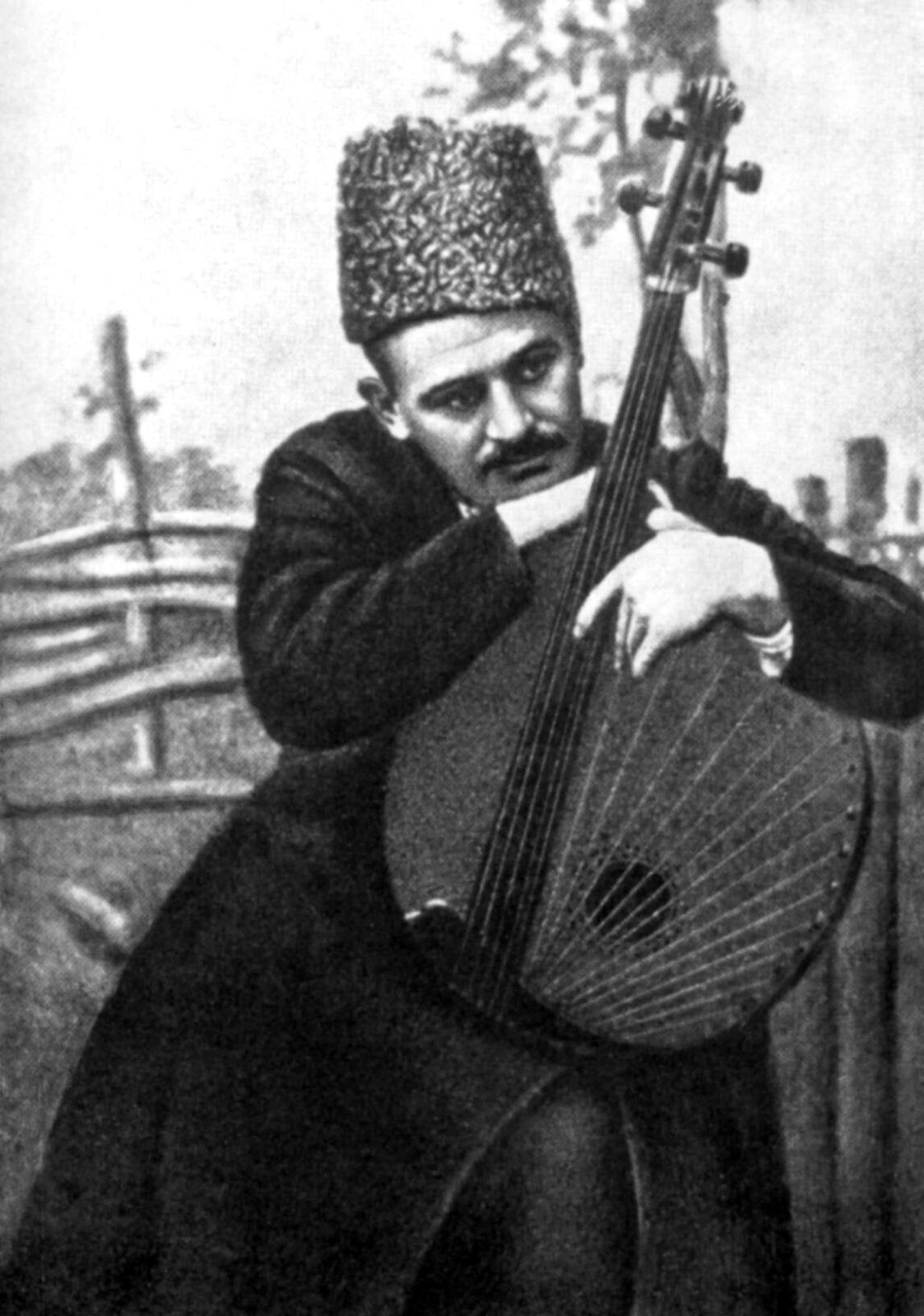




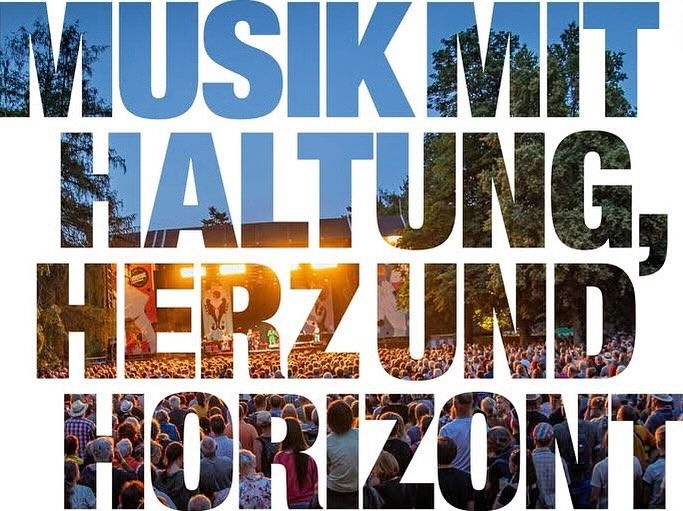
0 Kommentare